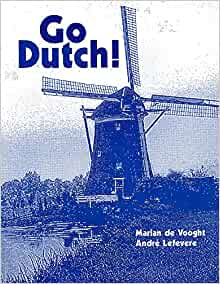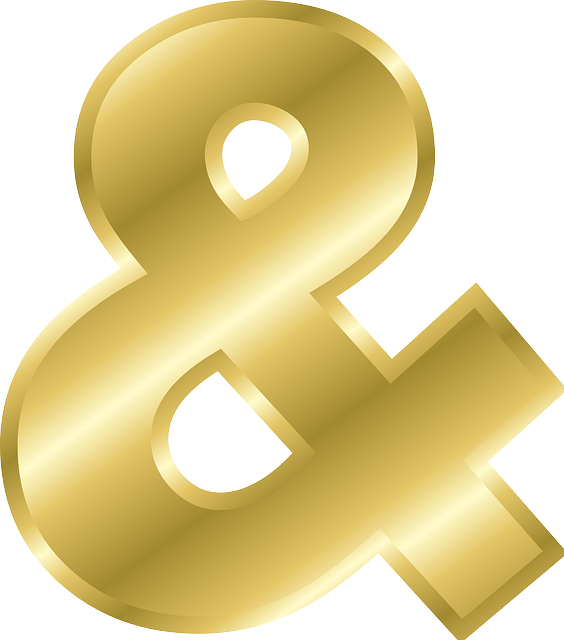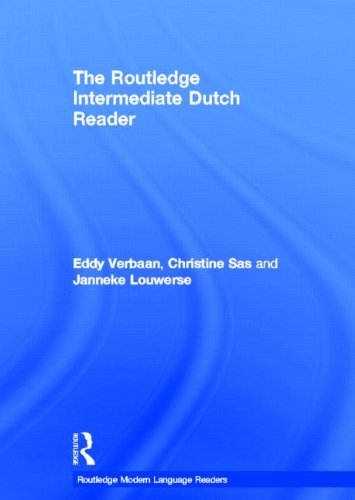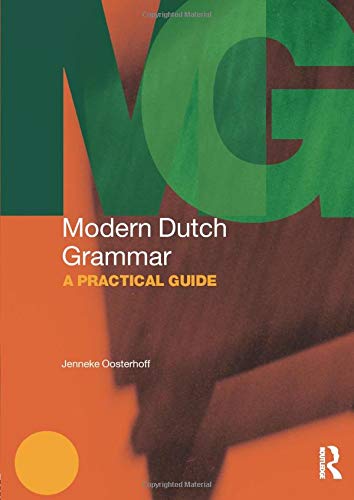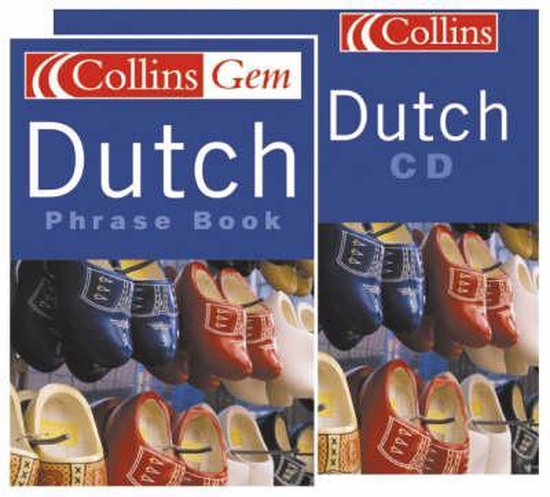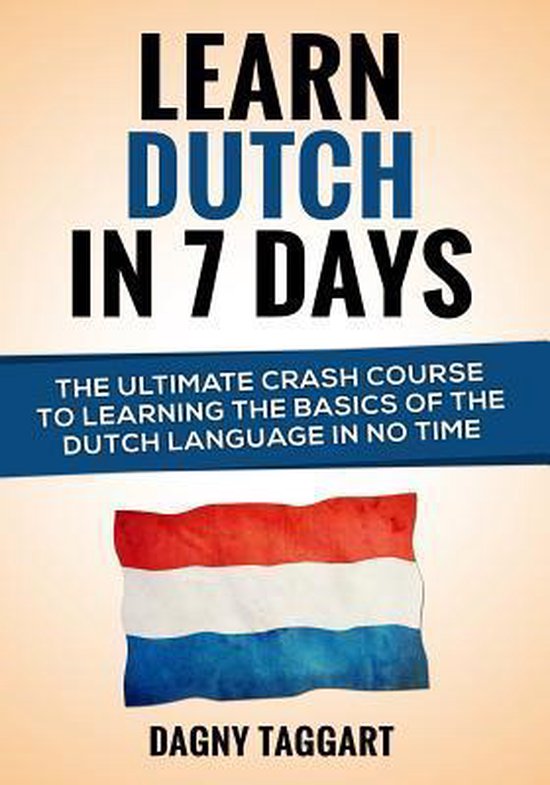Cracking the Code: The Dutch De and Het Conspiracy Unveiled! Your Definitive Guide to Cracking the Code and Confounding Native Speakers!
Cracking the Code: the Dutch De and Het Conspiracy Unveiled

Cracking the Code: the Dutch De and Het Conspiracy Unveiled
So, you’ve embraced the challenge of learning Dutch – the language that seems almost as mysterious as a magician’s disappearing act. But fear not, intrepid language learners, because I’ve managed to uncover the elusive secret that the Dutch have been hiding: the enigmatic “De” and “Het” dilemma!
Picture this: you’ve just landed in the Netherlands, ready to conquer the Dutch language, but you quickly realize that being fluent in English won’t quite cut it when it comes to winning over the locals. It’s like trying to join an exclusive club where fluency in Dutch is the golden ticket, and everyone speaks it fluently, including the newly crowned Argentinian Queen Maxima (although we suspect she might sneak in a bit of English at home).
Or perhaps you’re a long-lost Dutch descendant, feeling a pang of nostalgia and deciding it’s high time to reconnect with your roots. Alternatively, you might have simply lost your mind and decided to tackle this tongue-twisting language just for the thrill of it.
Whatever the reason, enrolling in a Dutch course seems like a logical step. At first, things go smoothly, especially if you have a grasp of English or, even better, some German. You confidently navigate the similarities between Dutch, English, and German (just don’t mention it to the Dutch – they might take offense!). Sure, there are a few tricky sounds, like the elusive ‘g’ and the elusive ‘sch’ (seriously, never ask your Dutch GPS for directions to Scheveningen unless you’re ready to get lost!).
Now, everything is sailing smoothly until you encounter the formidable Dutch articles: “De” and “Het.” Cue the dramatic music because here begins the epic struggle!
Ask any Dutch person or your Dutch teacher about the rules for using “de” or “het,” and you’ll likely get an answer along the lines of “You just know it, there are no rules.” It’s like they’re keeping it a state secret, guarding it with the same fervor as a treasure hidden from outsiders.
Even the most dedicated grammar books throw their hands up in defeat, admitting that discerning between “de” and “het” is like trying to teach a cat to do algebra. It’s not rocket science; you just need to memorize the rule for every single word. Simple, right? And to add a touch of chaos, the fact that there are roughly twice as many words with “de” as with “het” won’t make you the Dutch language whisperer overnight!
But fear not, language warriors! I come bearing good news. I’ve cracked the code, unraveled the mystery, and discovered the Holy Grail of the Dutch language – the logic behind “De” and “Het”! It’s not just a gut feeling; it’s a set of rules waiting to be unearthed.
Now, brace yourselves, because like any good Dutch rule, it’s not as straightforward as you might hope. But armed with a dash of patience and a pinch of courage, you too can unravel the code. Soon enough, you’ll be dazzling your Dutch companions at dinner, confidently choosing “de” and “het” for each word like a linguistic maestro.
So, get ready to join the ranks of the Dutch language codebreakers! Feel free to pass along these secret rules – let’s shatter the centuries-old Dutch omerta and bring the “De” and “Het” conspiracy to light!
Let’s ditch the mundane mumbo-jumbo you’ve heard a gazillion times and found as helpful as a chocolate teapot:
“All nouns can be teamed up with a definite article, de or het. Nouns twinning with de are the cool kids, and those vibing with het are the hipsters.” Did that enlighten you? No? Well, how about we throw a curveball and ask you to define a neuter noun?! Exactly.
Moving on, de gets the VIP treatment for plural nouns. For instance, de conclusie, de conclusies, het rapport, de rapporten. Easy peasy. But come on, we can’t just waltz through life speaking in plurals, can we?
Even better, het gets cozy with diminutives, like het kopje. But hold your tiny teacups, my friend, because relying on that strategy forever is like thinking you can win a marathon on a tricycle.
Now, if you’ve braved through this linguistic odyssey, drumroll, please! Here’s the grand revelation:
Cracking the Code: The De and Het Conspiracy Unveiled in Dutch!
YOU ROLL WITH HET FOR
NAMES STARTING WITH:
- BE – het bedrijf
- GE – het gezin
- VER – het verhaal
- HER – het herbarium
- ONT – het ontbijt
WORDS ENDING WITH
- ISME – het pessimisme
- MENT – het document
- UM – het museum (except de datum)
WIND DIRECTIONS (for the thrill-seekers)
- Het Noorden (North)
- Het Oosten (East)
- Het Zuiden (South)
- Het Westen (West)
Cracking the Code: The De and Het Conspiracy Unveiled in Dutch!
YOU CHOOSE DE FOR
- PEOPLE (except het kind! Poor baby!)
- FRUIT AND VEGETABLES (except het witlof, don’t ask me why!)
- MEANS OF TRANSPORTATION (except het vliegtuig and het schip, their core business)
- BEVERAGES (except het water, het sap, and of course, het bier, another core business!)
- ANIMALS (except het paard, het konijn, het schaap, het varken, het dier – I’d say, another core business!)
- CLOTHES (except het T-shirt, het hemd, het kostuum. Considering their fashion taste, I wouldn’t call this another core business!)
- FLOWERS, PLANTS AND TREES (Definitely a core business! Except het gras!)
- SEASONS – de winter
WORDS ENDING WITH THESE SUFFIXES:
- DE – de liefde
- TE – de groente
- HEID – de snelheid
- IE – de vakantie
- IJ – de bakkerij
- NIS – de gevangenis
FEMALE WORDS ENDING WITH
- ES – de Prinses
- IN – de Koningin
- ERES – de Danseres
Here is a very beautiful scheme
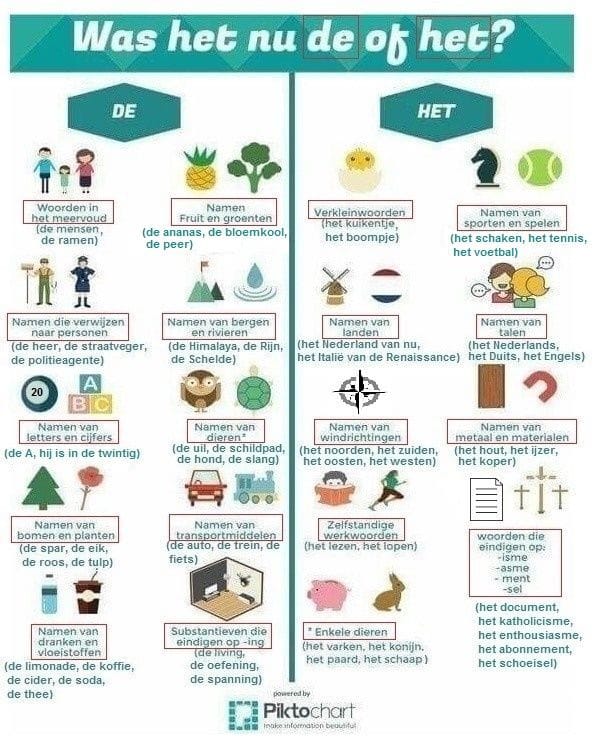

And there you have it!
Prepare for a language twist! When you’re in the “de” squad, meet your trusty sidekicks “deze” and “die.” On team “het,” it’s all about “dit” and “dat.” But hey, that’s a tale for another language-learning adventure!
Was it as tricky as deciphering hieroglyphs, or maybe even the Dutch are in the dark about these? If that’s the case… shhh, let’s keep it hush-hush from them!
Feeling overwhelmed by all these Dutch articles? Fret not! The Dutch, being the thoughtful language enthusiasts they are, have your back (or should we say, covered themselves?).
There’s a dedicated website just to unravel the mystery of which article goes where! They’ve made it so easy, even a cheese-loving windmill could navigate it!





Cracking the Code: The De and Het Conspiracy Unveiled in Dutch!
Alright, it’s showtime now!
Time to flex that brain muscle with a little online exercise. Feel the thrill of putting your freshly acquired knowledge to the ultimate test.
And if you’re feeling extra daring, why not throw down the gauntlet to a native Dutch speaker? Who knows, armed with this newfound secret, you might just end up schooling them in the fine art of de and het mastery!
Game on!
Cracking the Code: The De and Het Conspiracy Unveiled in Dutch!
If you’re looking for a bit of linguistic fun without spending a dime, try this free online exercise





If this article tickled your Dutch fancy, check out these Dutch language resources!










